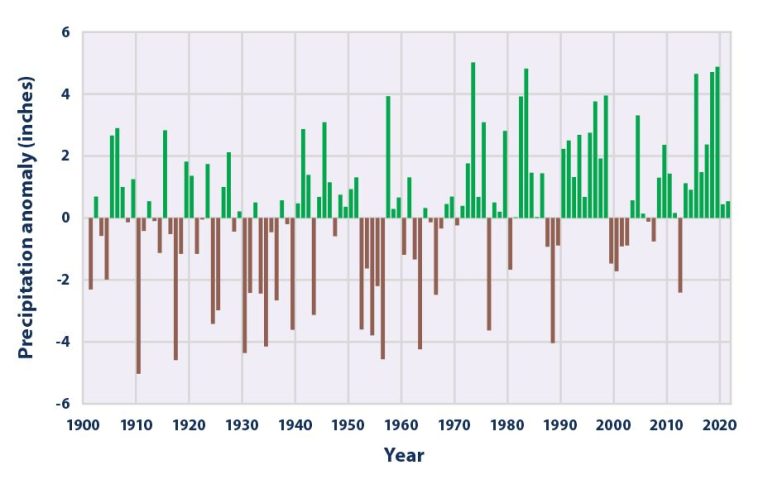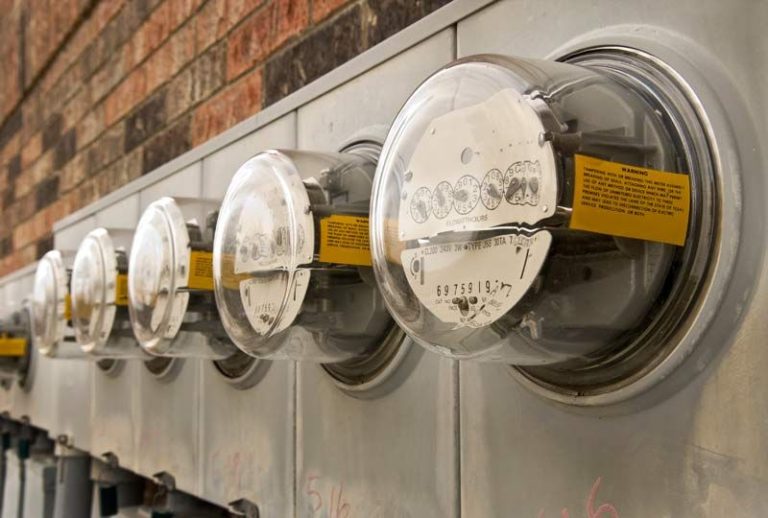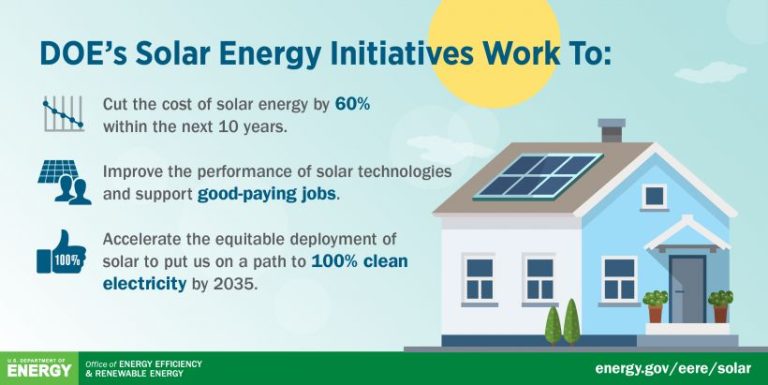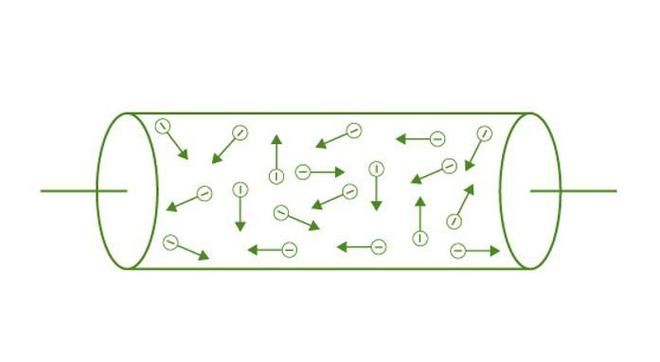How Does Renewable Energy Affect Climate Change?
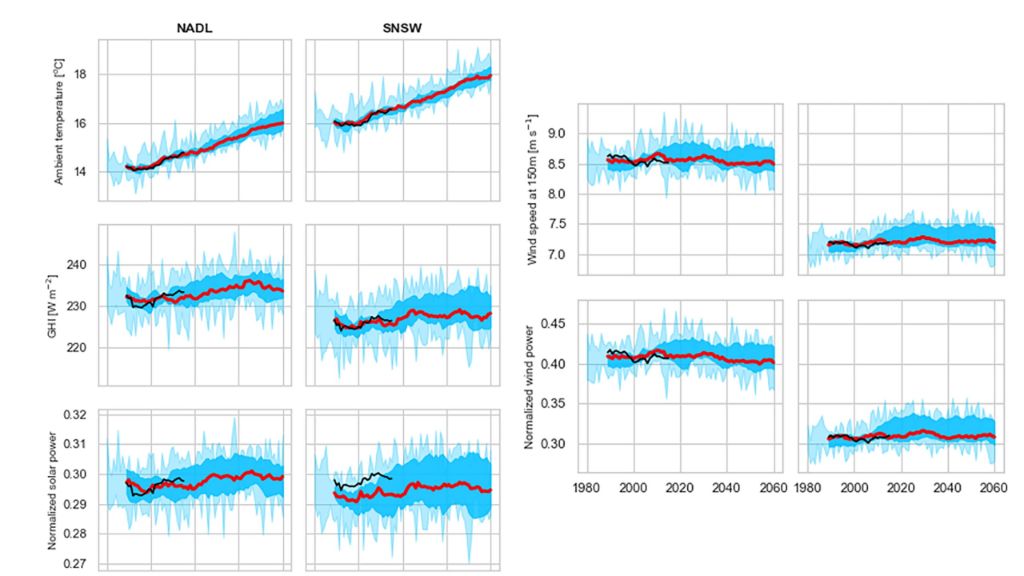
Renewable energy is energy generated from natural resources that are constantly replenished, such as sunlight, wind, rain, tides, and geothermal heat. Some of the most common renewable energy sources are solar, wind, hydropower, and biomass. Renewable energy is considered “clean energy” because it produces much lower greenhouse gas emissions than fossil fuels.
Climate change refers to long-term shifts in temperatures and weather patterns. It is primarily driven by the burning of fossil fuels like coal, oil, and gas, which release heat-trapping greenhouse gases like carbon dioxide into the atmosphere. The planet has warmed by 1.1°C since the late 1800s, causing impacts like rising sea levels, extreme weather, and habitat loss.
This article will examine how transitioning to renewable energy sources can reduce greenhouse gas emissions and slow the rate of climate change. Renewable energy has the potential to play a major role in mitigating climate change while also providing other economic and environmental benefits.
Types of Renewable Energy
Some of the major types of renewable energy sources include:
Solar energy – This uses energy from the sun to produce electricity and provide lighting, heating, and cooling. Technologies include photovoltaics and solar heating. Sources: (Renewable energy explained; What are the different types of renewable energy?)
Wind energy – Wind turbines generate electricity using kinetic energy from the wind. Large wind farms can provide power to the grid. Sources: (What are the different types of renewable energy?; Renewable energy explained)
Hydroelectric power – Also called hydropower, this uses flowing water to spin turbines and generate electricity. Sources: (Renewable energy explained; What are the different types of renewable energy?)
Geothermal energy – Uses heat from within the earth to provide heating and generate electricity. Can come from steam, hot water, or hot rocks. Sources: (What are the different types of renewable energy?; Renewable energy explained)
Biomass – Organic matter like plants, wood, and waste are used to generate energy. Examples include wood-burning stoves and converting landfill gas to electricity. Sources: (Renewable energy explained; What are the different types of renewable energy?)
Reduced Greenhouse Gas Emissions
Expanding renewable energy can significantly reduce greenhouse gas emissions. Unlike fossil fuels, most renewables produce little to no greenhouse gases over their lifecycle (Gierałtowska, 2022). Increasing renewable energy and reducing reliance on coal, oil and natural gas is critical for lowering emissions.
Research has shown the GHG mitigation potential of various renewable technologies. Wind and solar PV were found to have very low lifecycle emissions compared to coal and natural gas (Nov. 28, 2015).
Hydropower, bioenergy and geothermal also produce fewer emissions than fossil fuels. One analysis showed renewable energy could cut global GHG emissions up to 55% by 2050 (Aug. 31, 2023).
Transitioning to renewable energy is a key strategy for mitigating climate change. As more nations, states and cities adopt renewable energy targets, this drives emission reductions across electricity, heating and transportation sectors. Each individual renewable energy project displaces fossil fuels and contributes to lower GHG emissions overall.
Slowing Climate Change
Greenhouse gas emissions, primarily carbon dioxide and methane, are the main drivers of climate change. The burning of fossil fuels for energy production accounts for around 75% of global greenhouse gas emissions (1). Switching to renewable energy sources like wind, solar, hydroelectric, geothermal and bioenergy can significantly reduce emissions from the energy sector.
The countries in the Paris Agreement have put forth plans to cut greenhouse gas emissions in order to limit global warming. According to an analysis by the International Renewable Energy Agency (IRENA), increasing the share of renewables in the global energy mix to 65% by 2030 is consistent with keeping global warming below 2°C (2). Widespread renewable energy deployment combined with energy efficiency improvements have the potential to curb over 90% of energy-related carbon dioxide emissions according to IRENA’s projections (2).
Sources:
(1) https://www.un.org/en/climatechange/raising-ambition/renewable-energy
(2) https://www.nrdc.org/bio/noah-long/renewable-energy-key-fighting-climate-change
Creating Jobs
The renewable energy industry is a major source of new job creation worldwide. According to the International Renewable Energy Agency (IRENA), the number of renewable energy jobs grew 5.3% in 2017, surpassing 10 million jobs globally (IRENA). Employment in the renewable energy sector is expected to reach over 14 million by 2022 (Statista).
Building new renewable energy infrastructure creates short-term construction and installation jobs. But the bulk of employment in the industry is in ongoing operation and maintenance, providing stable long-term jobs. Renewable energy technologies like wind and solar are relatively labor-intensive to manufacture and install compared to fossil fuel plants. The operation of distributed renewable energy systems also requires more workers than centralized fossil fuel plants (IRENA). As countries continue to invest in renewable power, heat, and fuels, the industry will continue to be an engine for job growth.
Energy Independence
Increasing renewable energy sources can provide greater energy independence by reducing dependence on imported fossil fuels like oil and natural gas. According to https://freedomsolarpower.com/blog/energy-independence-through-solar, using solar and renewables can provide energy that is generated domestically rather than relying on imports. Fossil fuels like oil often come from other countries, so by utilizing more renewable sources, the United States can become more self-sufficient in meeting its energy needs.
The report from https://ec-europa-eu.libguides.com/energy_independence/renewable explained how renewable energy is key for European Union energy independence by reducing reliance on imported natural gas from Russia. This demonstrates how using more renewables can reduce dependence on foreign energy imports for other countries as well.
Energy Access
Renewable energy can help provide electricity access to rural and remote areas, especially in the developing world. According to the National Renewable Energy Laboratory (NREL), over 1.2 billion people lack access to electricity globally, with the majority located in sub-Saharan Africa and developing Asia [1]. Renewable technologies like solar panels, small wind turbines, and micro-hydro systems can provide distributed electricity solutions that are faster and cheaper than extending the grid to these locations. Small-scale solar and wind systems are also modular and scalable, making it easier to meet the specific energy demands of rural households and businesses. Evidence shows that access to renewable electricity can provide social and economic benefits like better health care, education, and entrepreneurship in the developing world. Therefore, increasing investments in decentralized renewables can help achieve universal energy access and power economic development.
Environmental Benefits
Transitioning to renewable energy sources provides significant environmental benefits compared to fossil fuels. According to a USDA report, renewable energy results in reduced emissions of air pollutants like sulfur dioxide, nitrogen oxides, particulate matter, and heavy metals that damage the environment and threaten public health (https://www.usda.gov/sites/default/files/documents/renewable-energy-trends-2020.pdf). Unlike coal and natural gas, most renewables like solar, wind, and hydropower produce little to no air or water pollution when generating electricity.
In addition, expanding renewable energy protects wildlife and natural habitats that are disrupted by fossil fuel extraction and infrastructure. According to a study, renewable energy systems like solar and wind farms can achieve high energy yields with a relatively small land footprint compared to coal and gas. Strategically siting renewable projects to avoid sensitive ecosystems can prevent habitat loss and fragmentation (https://www.sciencedirect.com/science/article/abs/pii/S2213138820313229). Overall, transitioning to renewable energy sources provides cleaner air and water while also preserving biodiversity and wildlife habitats.
Economic Growth
Investing in renewable energy sources stimulates the economy through new job creation, infrastructure development, and technological innovation. Constructing wind farms, solar fields, hydropower facilities, and other renewable projects requires substantial investment in equipment, land, and labor. One study estimates that transitioning to 100% renewable energy in the U.S. would create over 4.5 million long-term full-time jobs. The renewable energy sector directly employs around 3.4 million people globally today.
Increased use of renewables also reduces energy costs over the long term as fossil fuel prices continue to rise. Renewable technologies have no fuel costs after installation. Households and businesses can allocate savings on monthly energy bills to other sectors of the economy like retail, services, manufacturing etc. Lower energy costs lead to faster economic growth, more disposable income for consumers and reduced costs for industrial production.
Conclusion
As shown throughout this article, renewable energy is a critical tool in combating climate change. The expansion of wind, solar, hydroelectric and other renewable sources provides clean alternatives to fossil fuels, greatly reducing greenhouse gas emissions. Renewables allow countries to move away from coal, oil and natural gas – the main drivers of global warming. The more renewables are deployed, the fewer heat-trapping gases enter the atmosphere. This slows the pace of climate change and its damaging impacts.
Beyond climate benefits, renewables also spur job creation, improve public health through less air pollution, boost energy access and advance energy independence. The transition to clean sources represents an enormous economic opportunity as well. With costs plummeting, renewables are now the cheapest form of new electricity generation in most of the world. Their low operating costs also stabilize energy prices over the long-term.
In summary, rapidly scaling up renewable energy is absolutely essential to avoid the worst effects of climate change. Wind, solar and other clean technologies provide a practical and economically viable path to deep decarbonization of the global economy. With bold policies, innovation and public-private collaboration, a 100% renewable energy future is possible. This would deliver immense benefits to the climate, environment, economy and society.

